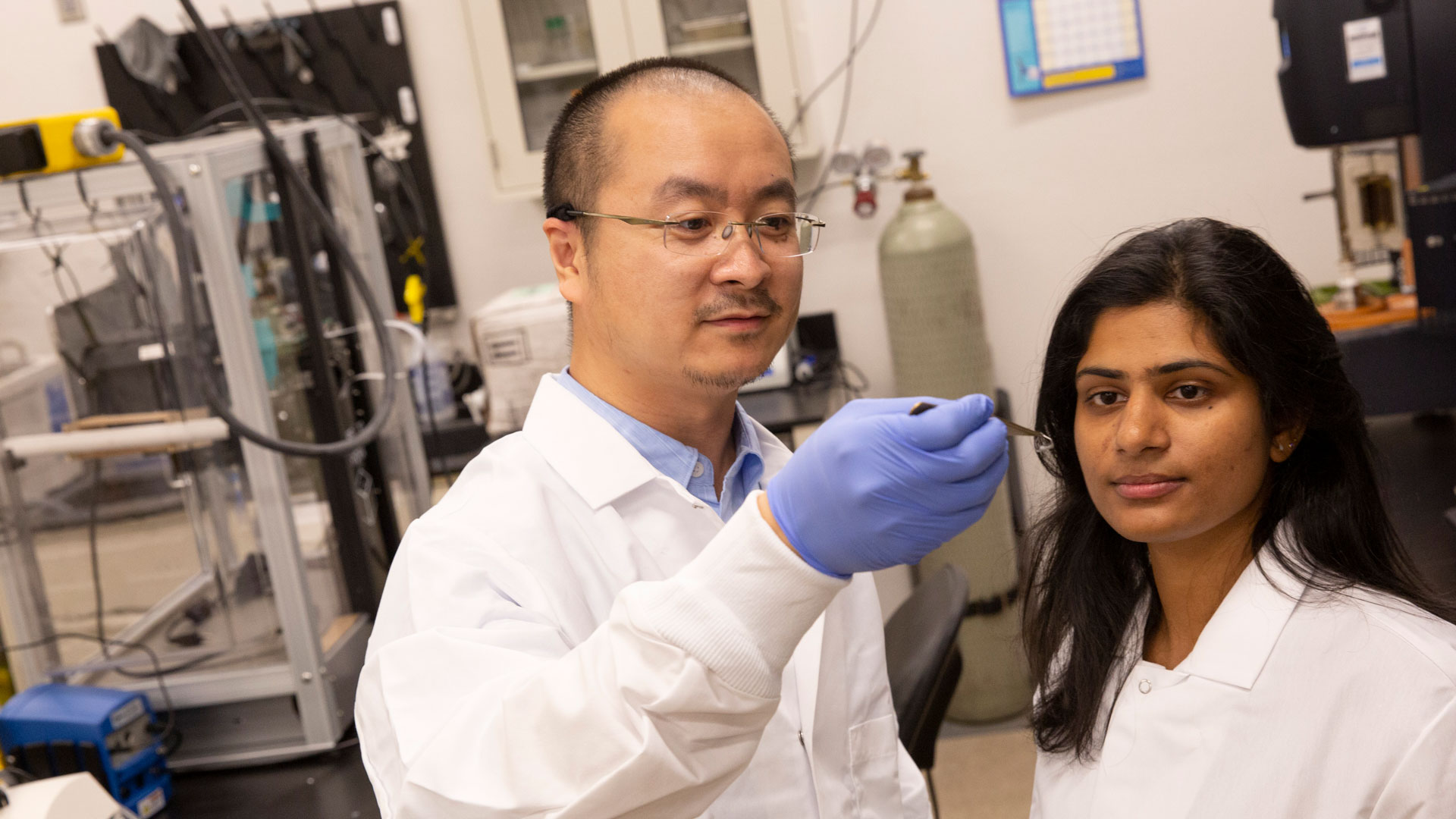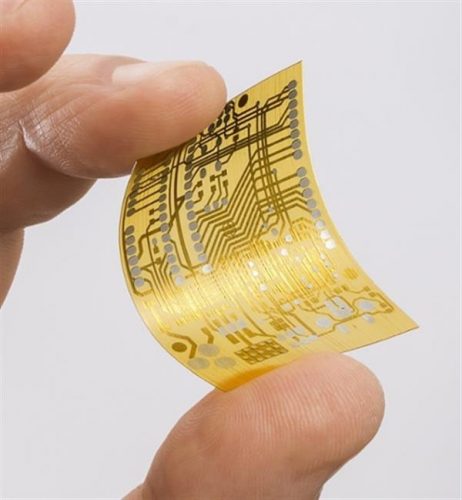May 3, 2022 Kenan Song, assistant professor of engineering in Arizona State University’s School of Engineering, is developing a new3D printingThe mechanism, called multiphase direct ink writing, he claims could use a wider range of materials to print nanoscale patterns in the future.

The professor is very optimistic about the prospect of 3D printing in accurate, consistent and efficient production capacity, so the professor is committed to research on the nanoscale3D printing technology(its particles are more than 1000 times smaller than the thickness of a sheet of paper).
In nanofabrication, especially when applied in the semiconductor industry, nanoparticles in powder form can be used to print ordered structures such as dots, lines, pillars and layers. But nanoparticles need to be ordered according to the unique way they are constructed, so being able to form exactly as they were originally designed is critical.

“Precise nanofabrication techniques enable patterning on surfaces or interfaces, which is critical for delivering high-performance nanoparticle properties in devices such as iPhone chips,” Song noted, a goal that is difficult to consistently achieve due to the irregular nature of nanoparticle powders accomplish.
Current 3D printing methods use external forces such as electricity, magnetism and sound waves to place nanoparticles precisely in certain locations. However, these methods are not applicable to all kinds of nanoparticles and have other limitations.
Therefore, Song is developing a new3D printerThe system, called multiphase direct ink writing, can use a wider range of materials to create nanoscale patterns.
Their research topic, titled “Additively Manufactured Nanomaterial Layers with Submicron Structures,” has received substantial support from the 2022 NSF Faculty Early Career Development Program (CAREER).The award will provide Professor Song with $600,000 over five years
funding
awarded to potential leaders in education and research.
Song said, “With unprecedented speed and resolution, we3D printing technologyFurther developments involving machine design and materials science will be provided. “In addition to his personal career at the Polytechnic
aviation
aerospace
In addition to graduate faculty in mechanical engineering and materials science and engineering, two of the Fulton School’s seven schools in matter, transportation and
energy
Faculty of Engineering.

To create this approach, Song is leading a multidisciplinary research effort including polymer science, nanoparticle synthesis and interface engineering to explore material interactions at the atomic or molecular level.
Multiphase direct ink writing 3D printing methods for rapid prototyping of sensors, actuators and soft robotics as well as supercapacitors, batteries and regeneration
medicine
It has a wide range of potential uses in terms of applications. Meanwhile, Song and his research team will use the method to develop a class of nanoparticles called MXenes with new structural and physicochemical properties that could be used in new 3D printed energy devices in the future.
He believes that his efforts in these areas are enough to get the attention of the NSF (National Science Foundation) because of his commitment to developing, growing3D printing industrydiversity.
(responsible editor: admin)


0 Comments for “ASU Improves Nanoscale 3D Printing Precision, Multiphase Ink Direct Writing”